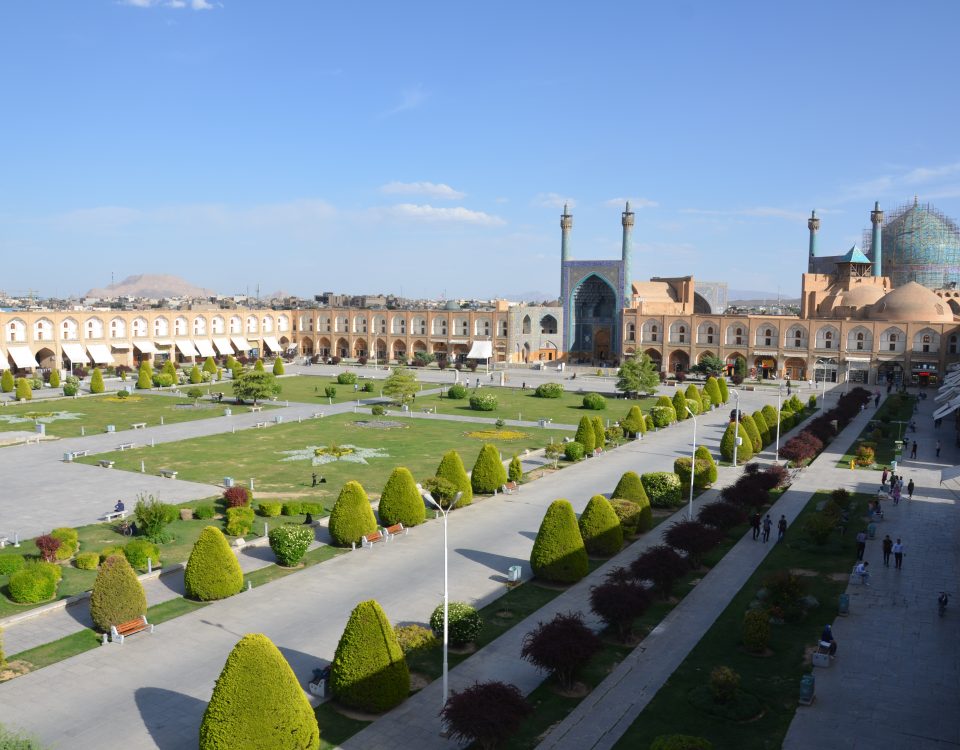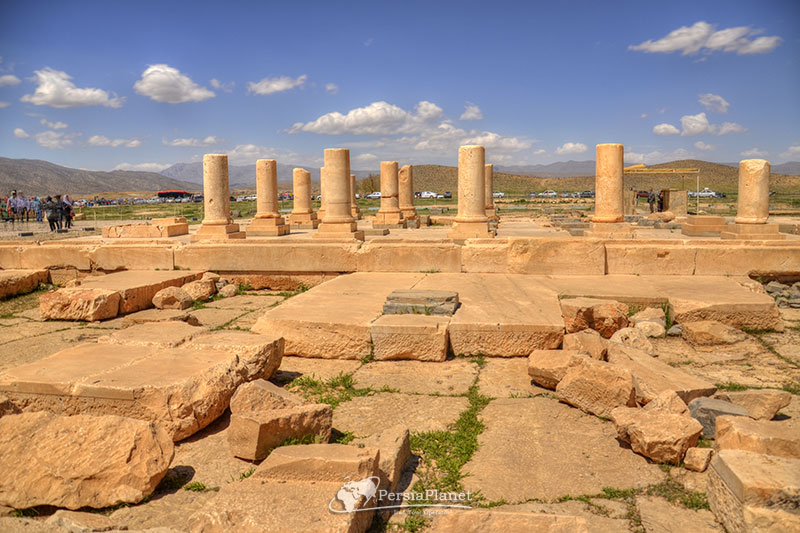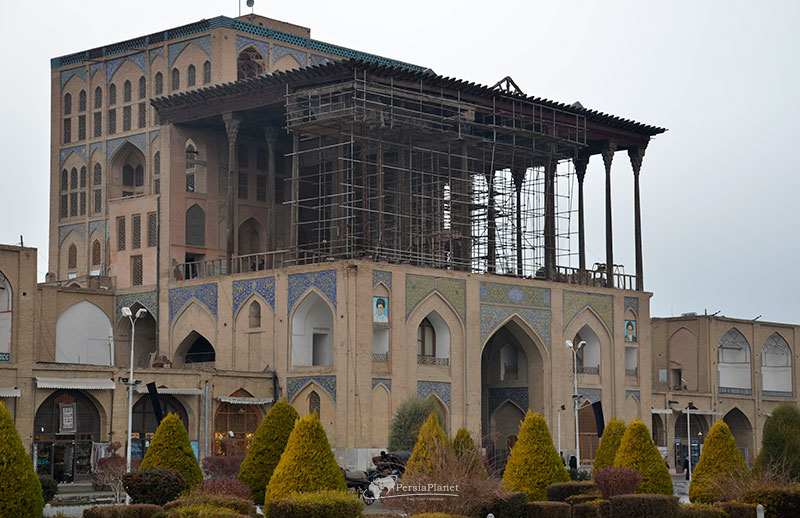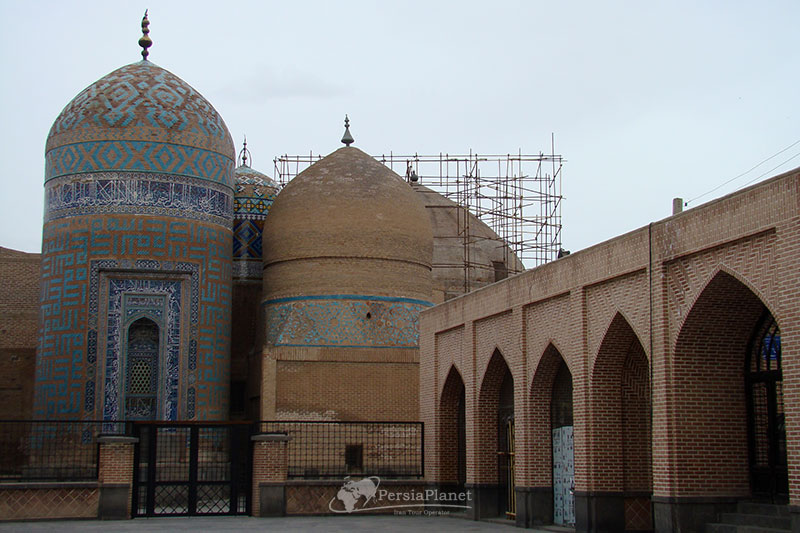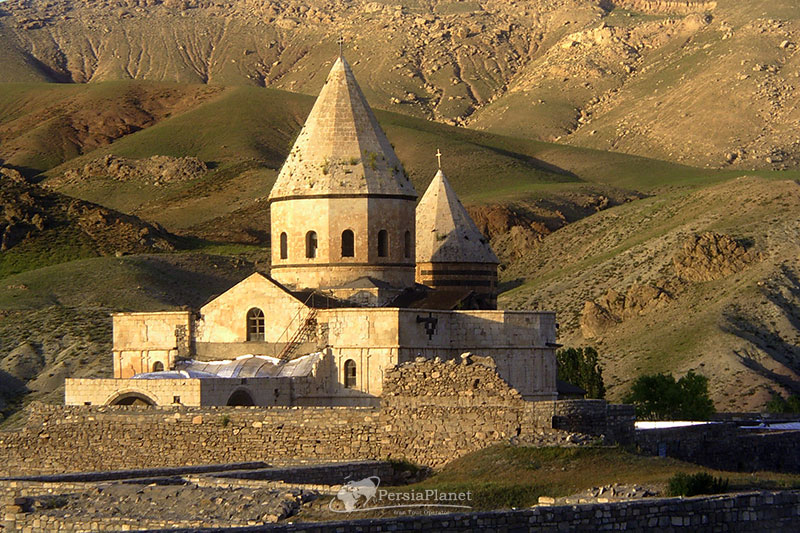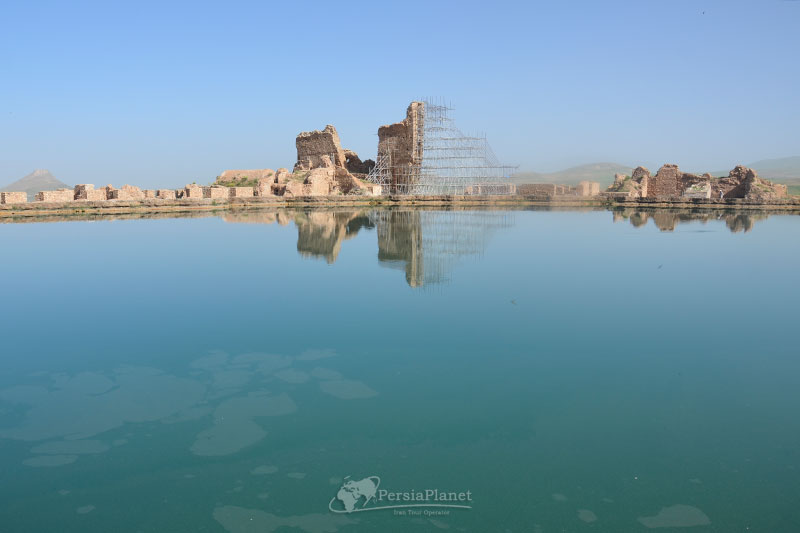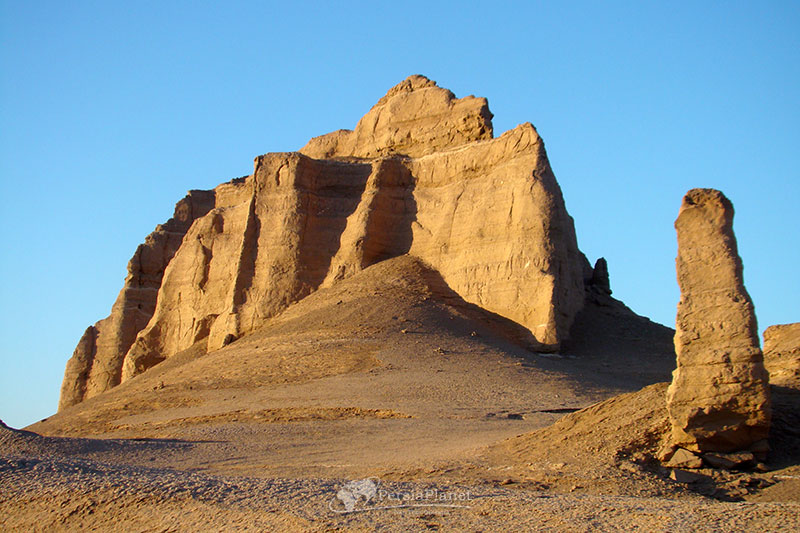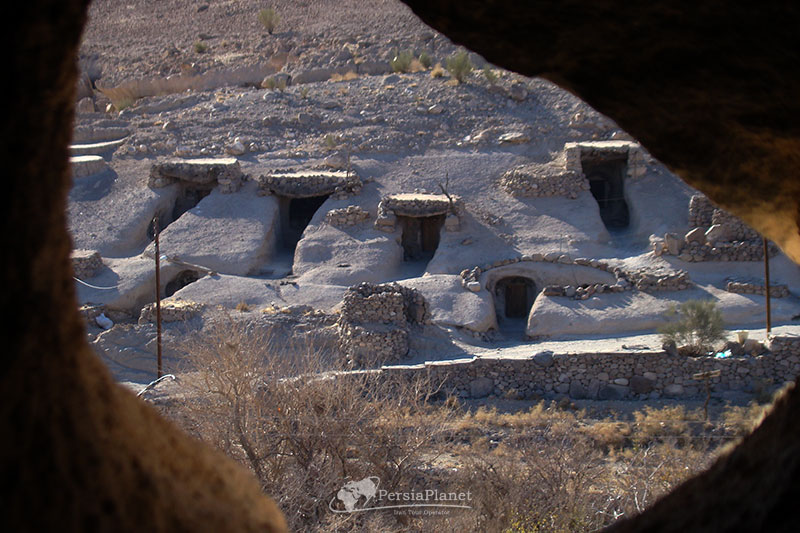Iran UNESCO World Heritage Center
UNESCO World Heritage Sites are a collection of cultural or natural sites that are registered with UNESCO by a committee of the same name (UNESCO World Heritage Committee). Under the convention, UNESCO member states can nominate their historical, natural and cultural monuments for inclusion in the UNESCO World Heritage List. The protection of these sites after registration in this list will be the responsibility of all member states within the jurisdiction of the country concerned.
Italy ranks first in terms of the number of UNESCO World Heritage Sites with 53 center. The number of Iranian's in the UNESCO World Heritage List in 2019 reached 24 with the registration of Hyrcanian forests.
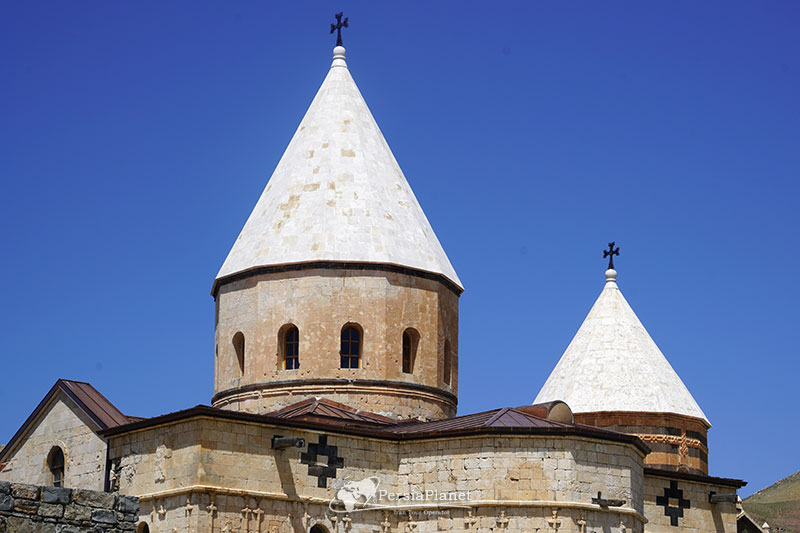
Criteria for registration of sites in the UNESCO World Heritage List
Any site to be inscribed on the UNESCO World Heritage List must meet at least one of the following criteria. There are six criteria for registration in the cultural sector and four criteria for registration in natural works.
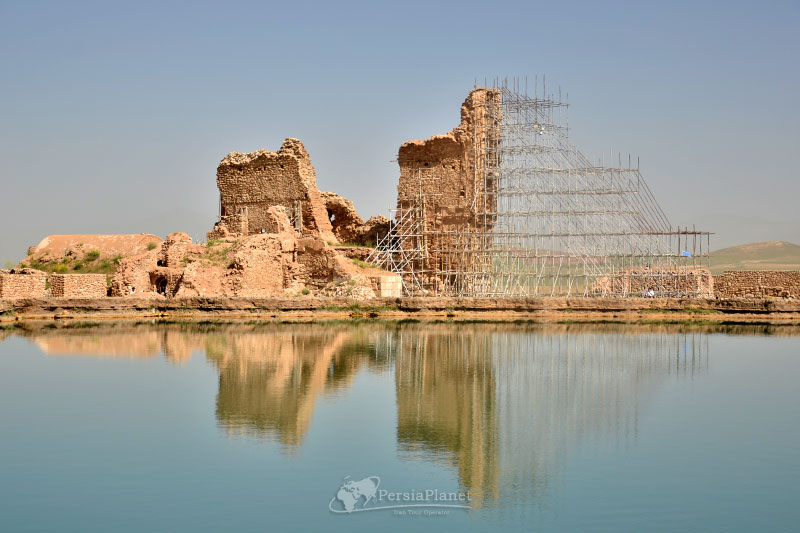
Natural criteria
- Be a unique natural phenomenon with exceptional backgrounds and aesthetics.
- Be a prime example of the stages and changes in the history of geology.
- Prominent examples of ecological and biological processes in terrestrial evolution, coastal and marine ecosystems, and plant and animal communities.
- Include natural habitats important in terms of biodiversity and contain endangered species.
Cultural criteria
- Represents a masterpiece of human genius and creativity.
- Represents the exchange of human values over a period of time in a cultural area in terms of advances in architecture or technology, urban planning or landscape design.
- A unique or at least exceptional testimony to a living or extinct cultural tradition or civilization.
- An outstanding example in architecture or technology that represents an important stage in human history.
- Be a prime example of the interaction between humans and the environment or represent a culture.
- Directly or tangibly related to life events or traditions, thoughts and ideas or works of art or literature of great global importance.
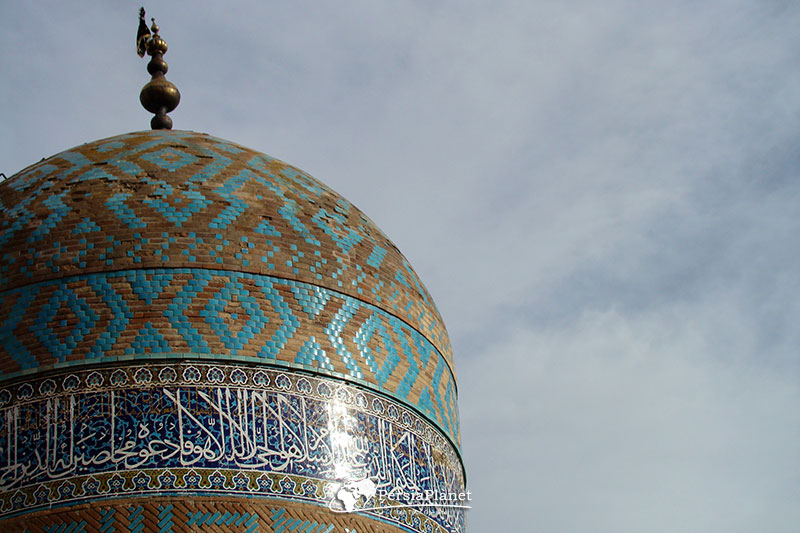
UNESCO World Heritage Sites in Iran
Iran acceded to the UNESCO World Heritage Convention in February 1975. From this date until today, 24 cultural and natural center have been registered in this list. The first places on this list were in 1979, which included Naghsh Jahan Square in Isfahan, Persepolis and Choghaznabil. Now we have 24 Iranian registered works in the UNESCO heritage list in order of registration.
UNESCO WORLD HERITAGE SITES IN IRAN

